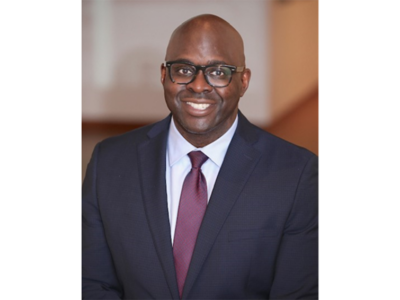Homeless response leaders across the country are working to create systems designed to measurably and equitably end homelessness.
Homeless response leaders and providers are on the frontlines of proving that homelessness is solvable. We have been fortunate to learn from, and alongside, leaders committed to ending homelessness through Built for Zero. These community teams have helped us understand the key features of any system designed to drive population-level reductions toward a measurable end to homelessness.
Questions to ask
- Are we all aligned behind a commitment to population-level reductions in homelessness as the critical measure of our success as a city/county?
- How will this support the community’s shared aim of functionally ending [target population] homelessness?
- Is our community currently driving population-level reductions in homelessness, and how would we know?
- How will this [effort, investment, intervention] help us drive population-level reductions in homelessness?
- Is real-time, by-name data informing these decisions, and where is that data coming from?
Actions to take
1. Build an integrated, command center team.
Fragmentation is a critical challenge that leaders in the homelessness response system face in their efforts to end homelessness. Work to bring together the key agencies, like the Continuum of Care, the housing authority, local government, and the VA, together every week toward a shared definition of zero.
2. Set a shared aim.
Help your community establish a shared, measurable aim for ending homelessness. Communities in Built for Zero have established goals around achieving functional zero for target populations as a way of focusing their system improvement efforts on their way toward ending homelessness for all. A report from the Urban Institute found that reaching functional zero for an initial target population sets up the community to make progress for the subsequent populations.
3. Create accountability for population-level outcomes.
Funders evaluate success on the performance of individual housing programs, not on whether a community collectively reduces homelessness. But single programs don’t get us to zero — whole communities do. Built for Zero communities measure success by the total number of people experiencing homelessness, and whether they are achieving and sustaining functional zero.
4. Establish and use quality, real-time data.
Communities with quality, real-time, person-specific data have a comprehensive profile of every person in a community experiencing homelessness, which allows them to deliver tailored solutions for those individuals. They are also able to understand whether efforts are driving population-level reductions in homelessness and equitable outcomes.
5. Use data to strategically allocate resources for reductions in homelessness.
Communities use real-time data to secure the housing resources they need and target them for the greatest possible reductions in homelessness.
Learn more about homeless response leaders working to end homelessness
Homelessness is solvable.
Communities in the Built for Zero movement are proving it.







